
Introduction
Sodium (Na) is a mineral that's often talked about in a negative light. Many people are consuming too much salt, and thus should lower their intakes. But I'm here to tell you that sodium is an essential mineral, and there's a chance you may not be consuming enough.
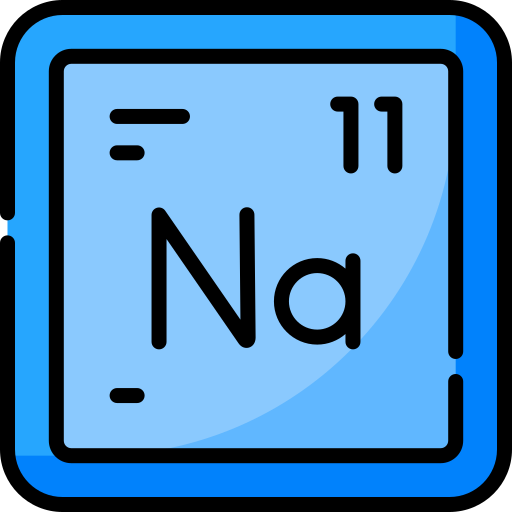
Decrease Consumption?
The average American consumes about 3,200 mg of sodium per day. For context, the recommended daily value is 2,300 mg. However, most of the sodium we eat doesn't come from our salt shakers. Over 70% of sodium consumption comes from ultra processed foods, with eating out also being high on the list.
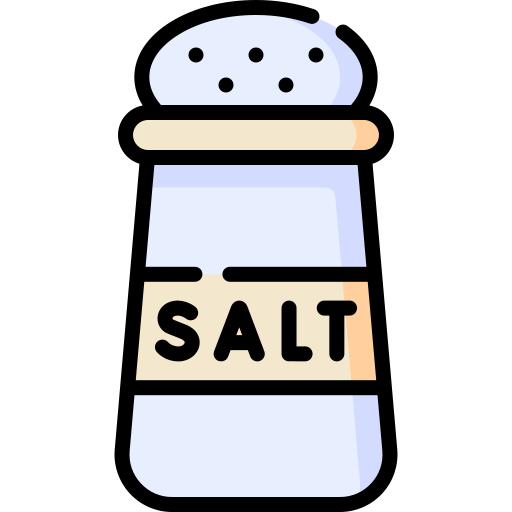
Recently, pizza has been overtaken as the #1 source of sodium in our hyper-palatable diets. The top slot now belongs to bread and rolls. If you're having a burger, the unhealthiest part probably isn't the patty, ketchup, or even the cheese. It's likely the white bread bun. Other high sodium foods to avoid include the following:
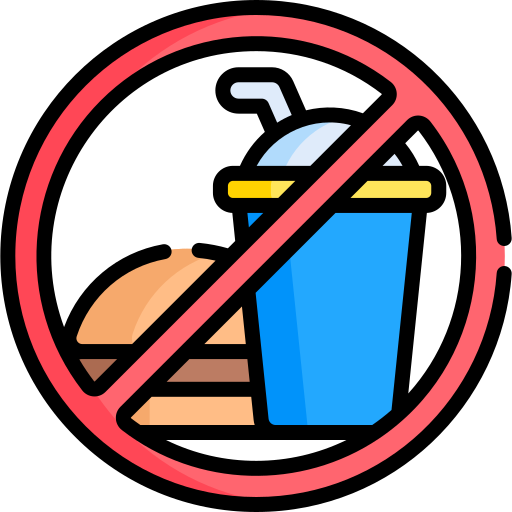
Or Increase Consumption?
If you consume a minimally processed whole foods diet, exercise often, don't eat out, and avoid pre-packaged foods, you actually may not be consuming enough sodium. Not only is your sodium intake probably lower, but refined carbs hold on to sodium in the body.

This is why people on the keto diet in particular need to take extra sodium. Additionally, your body loses sodium mainly through exercise, as well as potassium and magnesium. If you exercise daily, you will need to be replenishing these essential electrolytes.
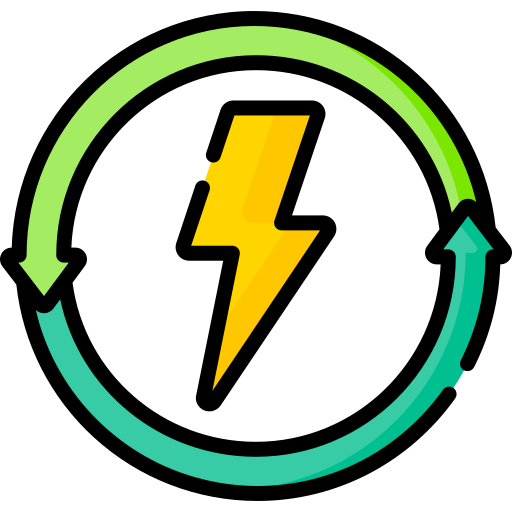
There are products on the market designed for adding electrolytes back in after exercise. Think Nuun, LMNT, or the classics of Gatorade and Pedialyte. Just avoid anything with added sugars. To save some money, you can make your own electrolyte mixes at home; just check out my Copycat LMNT Electrolyte Powder.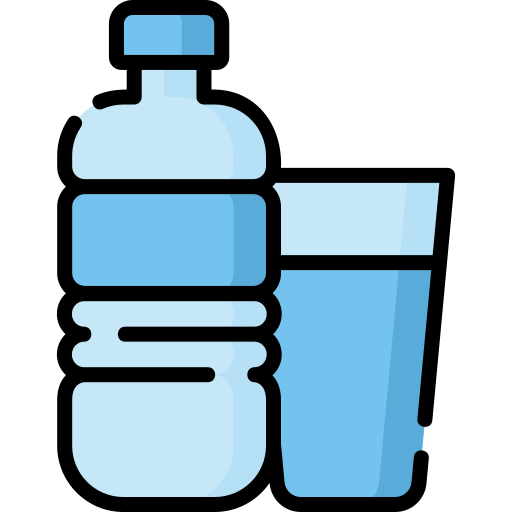
What About Blood Pressure?
At this point you may be thinking, "okay I should eat less processed foods and generously salt my broccoli, but what about my blood pressure?" And while it is true that excess sodium consumption causes your body to retain fluid, thus increasing your blood pressure, this is largely only when combined with a high sugar and starch diet.

You don't necessarily need to eat a low carb diet, far from it. Some of the healthiest foods are high in carbs, like beans, fruits, and vegetables. Just consume a low refined carb diet. This means little to no bread, pasta, white rice, or white flour. Prioritize whole grains whenever possible. Even better are starchy veggies, like potatoes, plantains, and sweet potatoes.
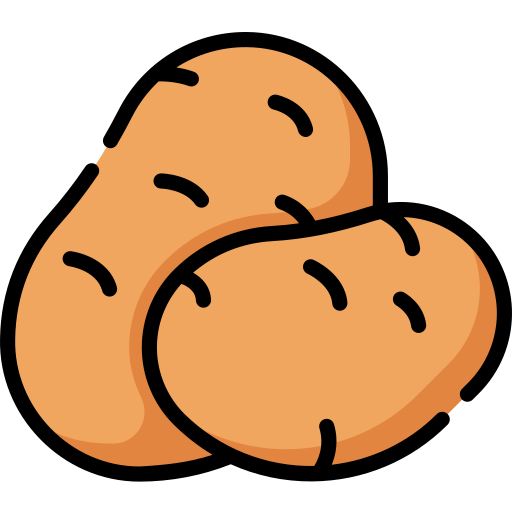
Moreover, exercise is great for your blood pressure. In addition to all the other benefits of exericse, it leads to sweating, flushing out the body of excess fluid and toxins. While exercise acutely raises your blood pressure during the activity, it will chronically lower it over time.

Benefits of Sodium
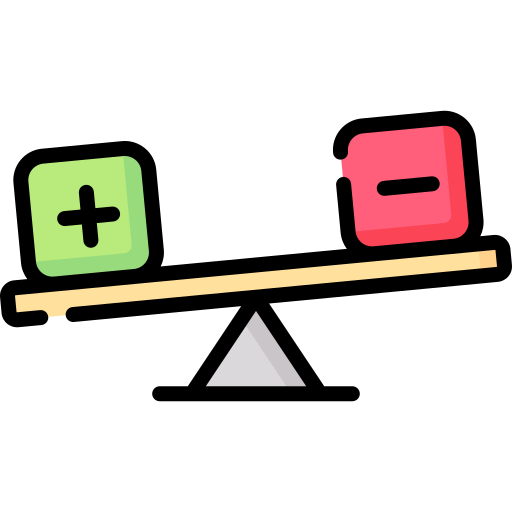
Downsides of Sodium
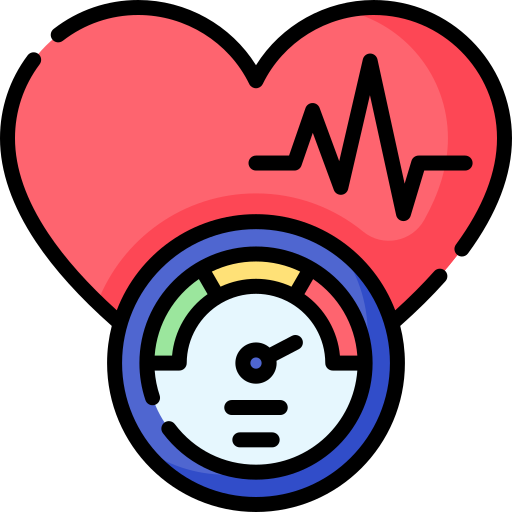
Symptoms and Causes of Low Sodium
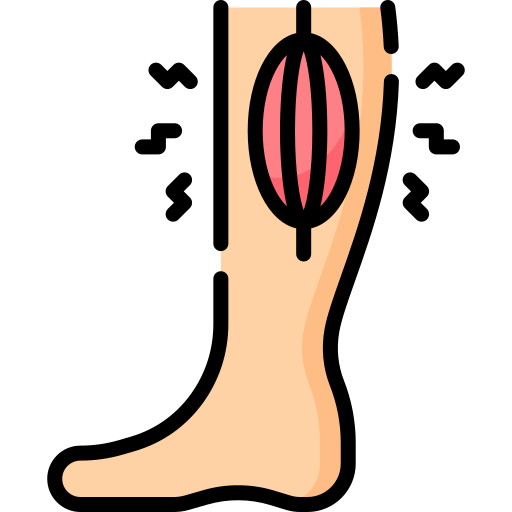
Symptoms and Causes of High Sodium
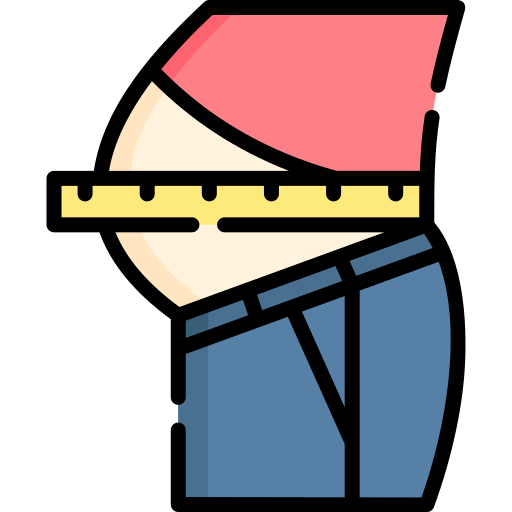
Optimal Test Range: 134.0 - 144.0 mmol/L
Not all foods high in sodium are unhealthy. On the contrary; there are many foods that are great for you and are high in sodium. Think fermented foods like kimchi or sauerkraut, or even minimally processed condiments like hot sauce or salsa. What I won't be covering in this list is junk foods high in salt, like the ones listed above.

Foods High In Sodium
Meat (raw)
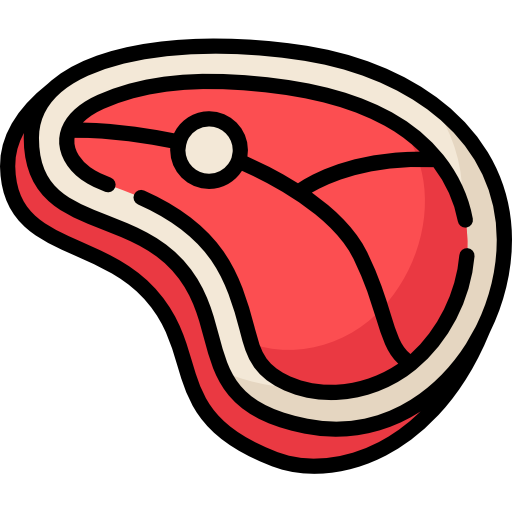
Fish and Seafood (Raw unless specified)

Dairy
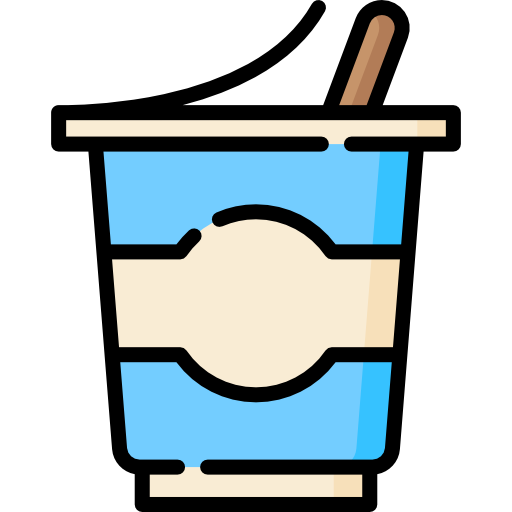
Other
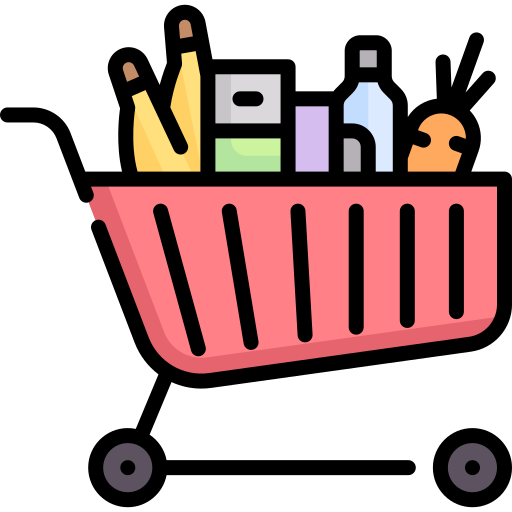
Sources
This post may contain affiliate links
Sodium (Na) is a mineral that's often talked about in a negative light. Many people are consuming too much salt, and thus should lower their intakes. But I'm here to tell you that sodium is an essential mineral, and there's a chance you may not be consuming enough.

Decrease Consumption?
The average American consumes about 3,200 mg of sodium per day. For context, the recommended daily value is 2,300 mg. However, most of the sodium we eat doesn't come from our salt shakers. Over 70% of sodium consumption comes from ultra processed foods, with eating out also being high on the list.

Recently, pizza has been overtaken as the #1 source of sodium in our hyper-palatable diets. The top slot now belongs to bread and rolls. If you're having a burger, the unhealthiest part probably isn't the patty, ketchup, or even the cheese. It's likely the white bread bun. Other high sodium foods to avoid include the following:
- Instant ramen
- Frozen meals
- Canned soup
- Cured meats, like pepperoni and salami
- Snack foods, like pretzels, chips, crackers, and microwave popcorn
- Desserts, which are surprisingly high in sodium
- Bread, rolls, tortillas, and bagels
- Pizza, sandwiches, and burritos
- Jarred pasta sauce
- Bottled salad dressings
- Fast food and restaurant food

Or Increase Consumption?
If you consume a minimally processed whole foods diet, exercise often, don't eat out, and avoid pre-packaged foods, you actually may not be consuming enough sodium. Not only is your sodium intake probably lower, but refined carbs hold on to sodium in the body.

This is why people on the keto diet in particular need to take extra sodium. Additionally, your body loses sodium mainly through exercise, as well as potassium and magnesium. If you exercise daily, you will need to be replenishing these essential electrolytes.

There are products on the market designed for adding electrolytes back in after exercise. Think Nuun, LMNT, or the classics of Gatorade and Pedialyte. Just avoid anything with added sugars. To save some money, you can make your own electrolyte mixes at home; just check out my Copycat LMNT Electrolyte Powder.

What About Blood Pressure?
At this point you may be thinking, "okay I should eat less processed foods and generously salt my broccoli, but what about my blood pressure?" And while it is true that excess sodium consumption causes your body to retain fluid, thus increasing your blood pressure, this is largely only when combined with a high sugar and starch diet.

You don't necessarily need to eat a low carb diet, far from it. Some of the healthiest foods are high in carbs, like beans, fruits, and vegetables. Just consume a low refined carb diet. This means little to no bread, pasta, white rice, or white flour. Prioritize whole grains whenever possible. Even better are starchy veggies, like potatoes, plantains, and sweet potatoes.

Moreover, exercise is great for your blood pressure. In addition to all the other benefits of exericse, it leads to sweating, flushing out the body of excess fluid and toxins. While exercise acutely raises your blood pressure during the activity, it will chronically lower it over time.

Benefits of Sodium
- Regulate fluid and blood volume
- Support nerve function
- Maintain normal heart rhythm
- Cellular homeostasis
- Electrolyte balance
- Hydration

Downsides of Sodium
- Can raise blood pressure
- Fluid retention
- Headaches

Symptoms and Causes of Low Sodium
- Diarrhea
- Vomiting
- Kidney diseaase
- Liver failure
- Certain medications
- Excess sweating
- Excess water
- Fatigue
- Dehydration
- Muscle cramps
- Weakness
- Brain fog

Symptoms and Causes of High Sodium
- Chronic Inflammation
- Type 2 Diabetes
- Insulin Resistance
- Metabolic Syndrome
- Heart disease
- High blood pressure
- Diets high in refined sugars and starches
- Kidney stones
- Osteoporosis

Optimal Test Range: 134.0 - 144.0 mmol/L
Not all foods high in sodium are unhealthy. On the contrary; there are many foods that are great for you and are high in sodium. Think fermented foods like kimchi or sauerkraut, or even minimally processed condiments like hot sauce or salsa. What I won't be covering in this list is junk foods high in salt, like the ones listed above.

Foods High In Sodium
| Food | Serving Size | Sodium Per Serving |
Sodium Per 100 g |
Sodium Per 100 cal |
|---|---|---|---|---|
| Bacon | 4 oz (113 g) |
849 mg (37 %) |
751 mg (33 %) |
191 mg (8 %) |
| Ham | 4 oz (113 g) |
62 mg (2 %) |
55 mg (2 %) |
40 mg (1 %) |

Fish and Seafood (Raw unless specified)
| Food | Serving Size | Sodium Per Serving |
Sodium Per 100 g |
Sodium Per 100 cal |
|---|---|---|---|---|
| Anchovies (Canned) |
1.6 oz (45 g) |
1651 mg (72 %) |
3668 mg (159 %) |
1746 mg (76 %) |
| Clams (Canned) |
3 oz (85 g) |
60 mg (3 %) |
70 mg (3 %) |
65 mg (3 %) |
| Lobster | 3 oz (85 g) |
360 mg (15 %) |
423 mg (18 %) |
549 mg (23 %) |
| Mackerel (Canned) |
3 oz (85 g) |
322 mg (14 %) |
379 mg (16 %) |
243 mg (10 %) |
| Shrimp | 3 oz (85 g) |
481 mg (21 %) |
566 mg (25 %) |
797 mg (35 %) |
| Tuna (Canned) |
4 oz (113 g) |
279 mg (12 %) |
247 mg (11 %) |
287 mg (13 %) |

Dairy
| Food | Serving Size | Sodium Per Serving |
Sodium Per 100 g |
Sodium Per 100 cal |
|---|---|---|---|---|
| Blue Cheese | 1 oz (28 g) |
321 mg (14 %) |
1146 mg (50 %) |
324 mg (14 %) |
| Cheddar Cheese | 1 oz (28 g) |
183 mg (8 %) |
653 mg (28 %) |
162 mg (7 %) |
| Cottage Cheese (Nonfat) |
1/2 cup (113 g) |
420 mg (18 %) |
372 mg (16 %) |
517 mg (22 %) |
| Feta Cheese | 1 oz (28 g) |
319 mg (14 %) |
1139 mg (50 %) |
429 mg (19 %) |
| Mozzarella Cheese (Low Moisture Part-Skim) |
1 oz (28 g) |
191 mg (8 %) |
682 mg (30 %) |
224 mg (10 %) |
| Parmesan Cheese | 1 oz (28 g) |
490 mg (21 %) |
1750 mg (76 %) |
410 mg (18 %) |

Other
| Food | Serving Size | Sodium Per Serving |
Sodium Per 100 g |
Sodium Per 100 cal |
|---|---|---|---|---|
| Hot Sauce | 1 tsp (5 g) |
130 mg (6 %) |
2600 mg (113 %) |
21666 mg (942 %) |
| Kimchi | 2 tbsp (30 g) |
149 mg (7 %) |
498 mg (22 %) |
3320 mg (147 %) |
| Lemon Pepper | 1 tsp (4 g) |
800 mg (35 %) |
20000 mg (870 %) |
∞ |
| Miso Paste | 1 tbsp (17 g) |
634 mg (28 %) |
3728 mg (162 %) |
1883 mg (82 %) |
| Marmite | 1/2 tsp (4 g) |
200 mg (9 %) |
5000 mg (217 %) |
2000 mg (87 %) |
| Mustard | 1 tbsp (15 g) |
165 mg (7 %) |
1100 mg (48 %) |
1803 mg (79 %) |
| Olives | 1 tbsp (15 g) |
233 mg (10 %) |
1556 mg (68 %) |
1074 mg (47 %) |
| Peanut Butter | 2 tbsp (32 g) |
131 mg (6 %) |
410 mg (18 %) |
70 mg (3 %) |
| Salt | 1 tsp (6 g) |
2325 mg (101 %) |
38758 mg (1685 %) |
∞ |

Sources